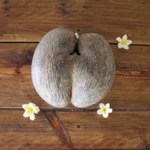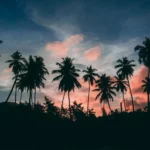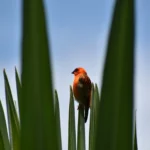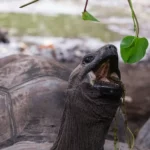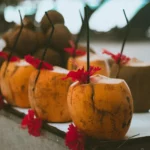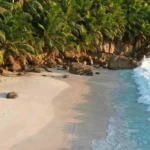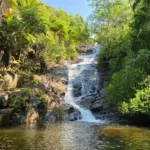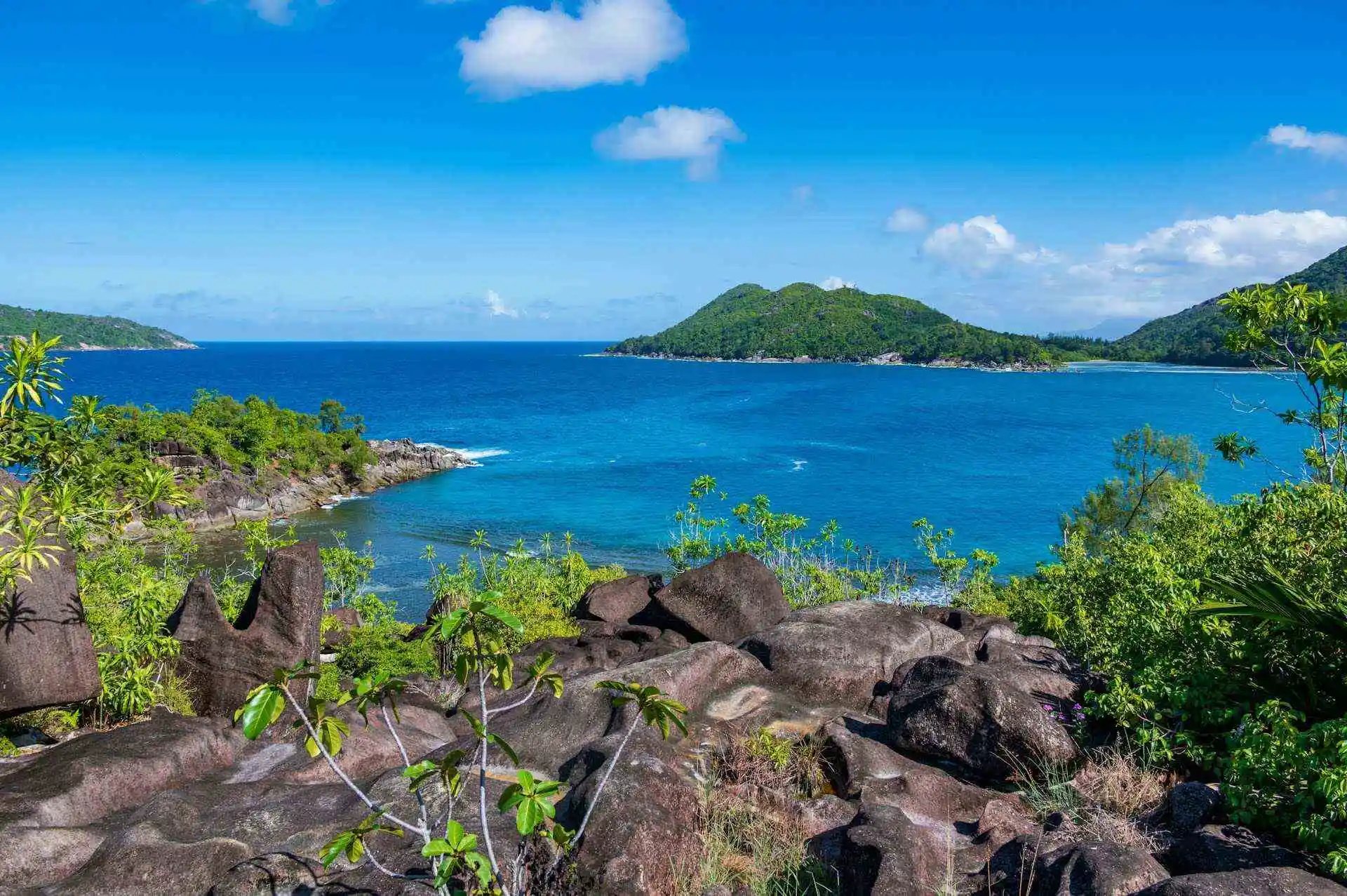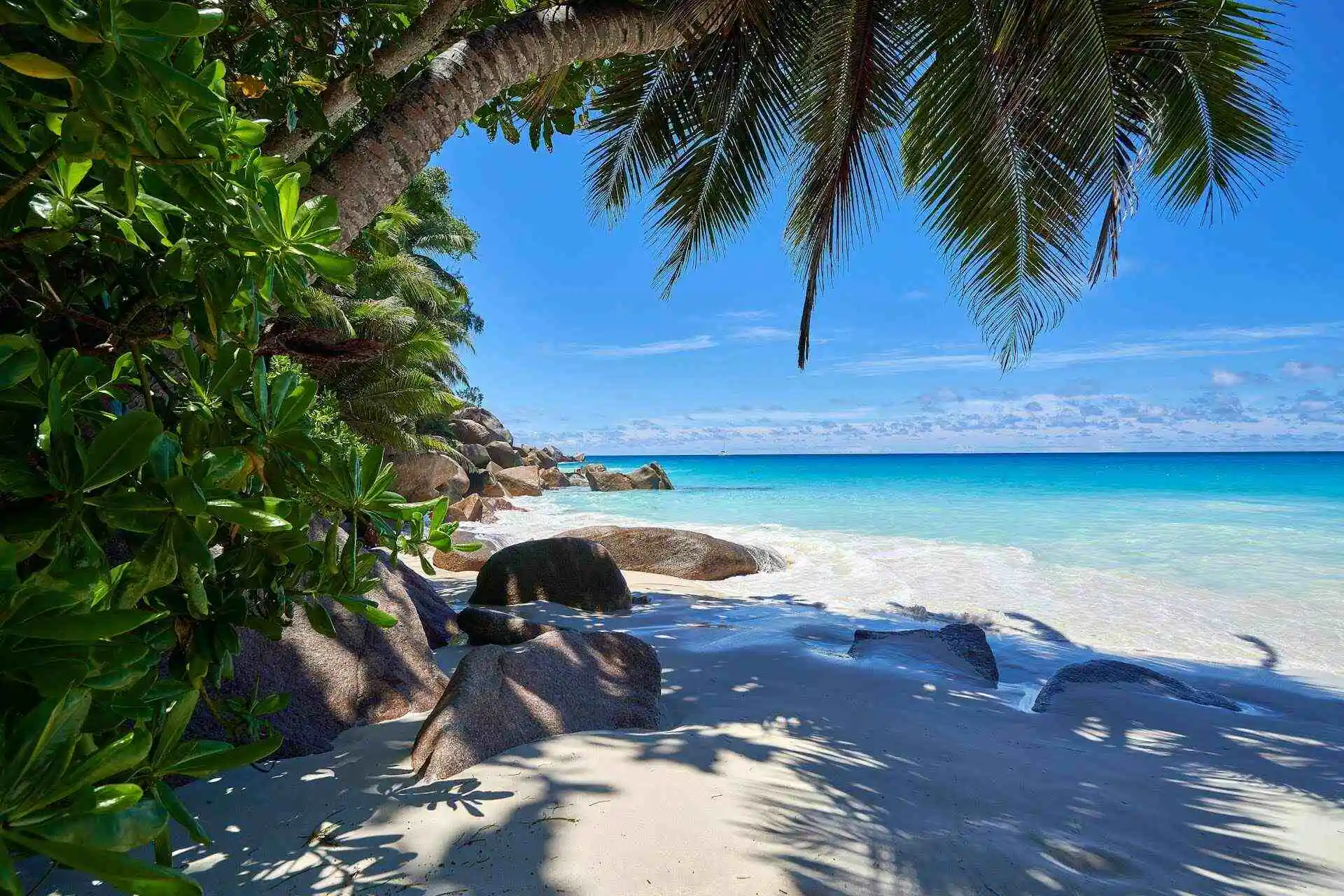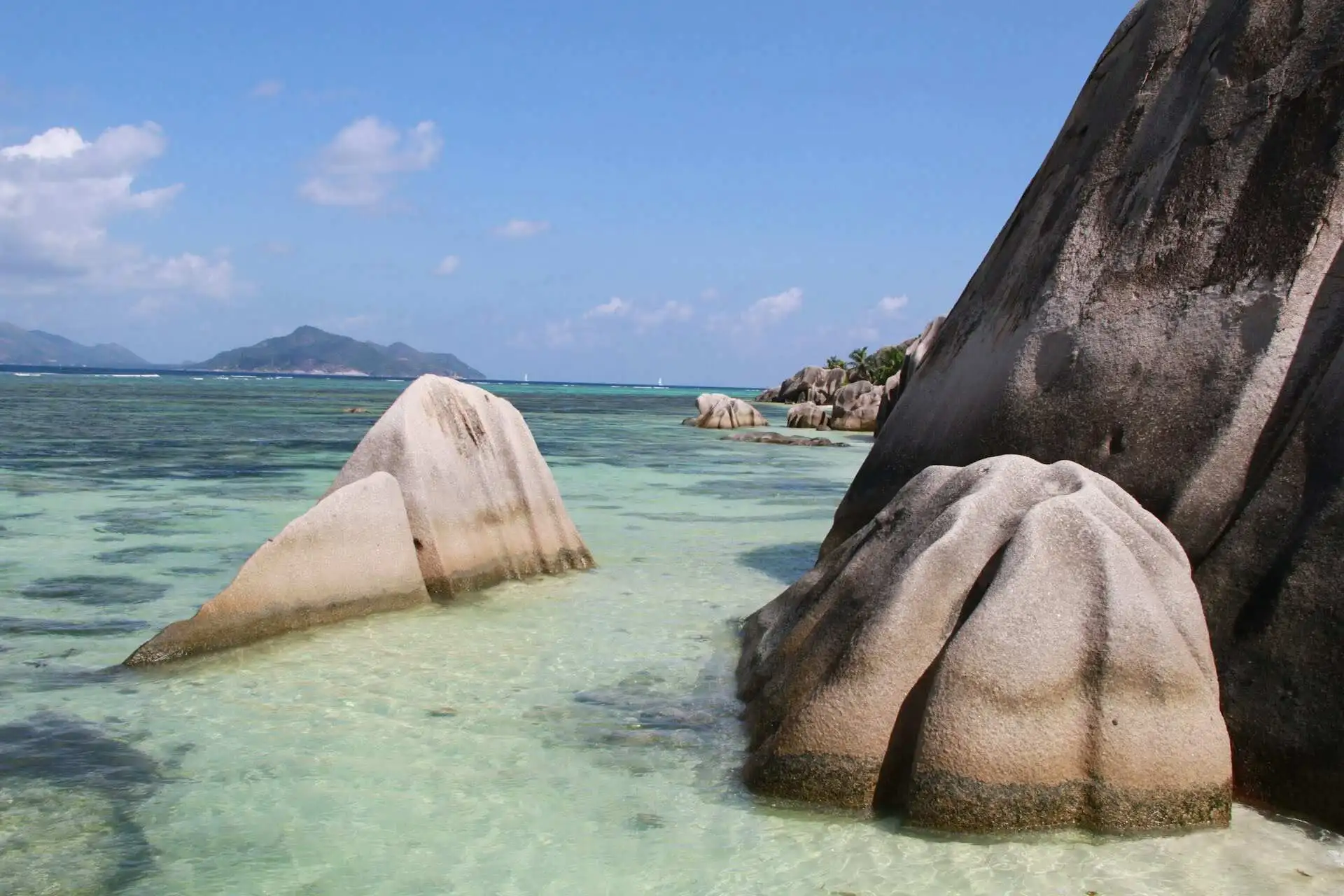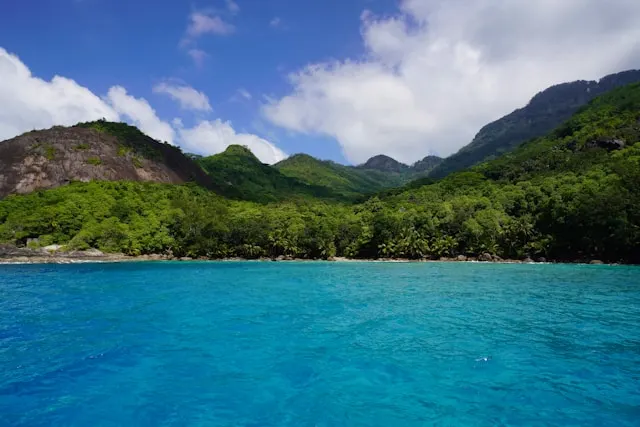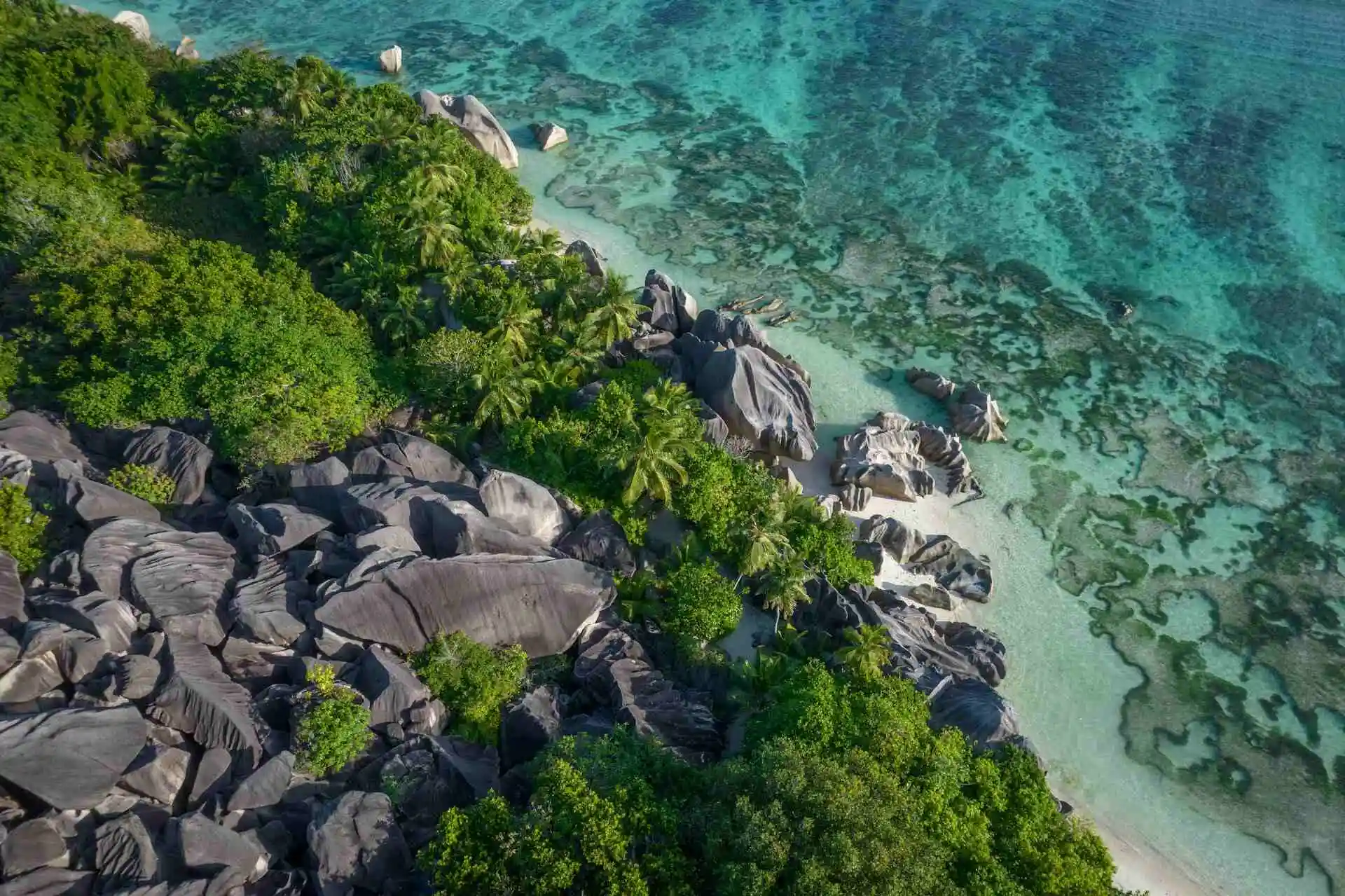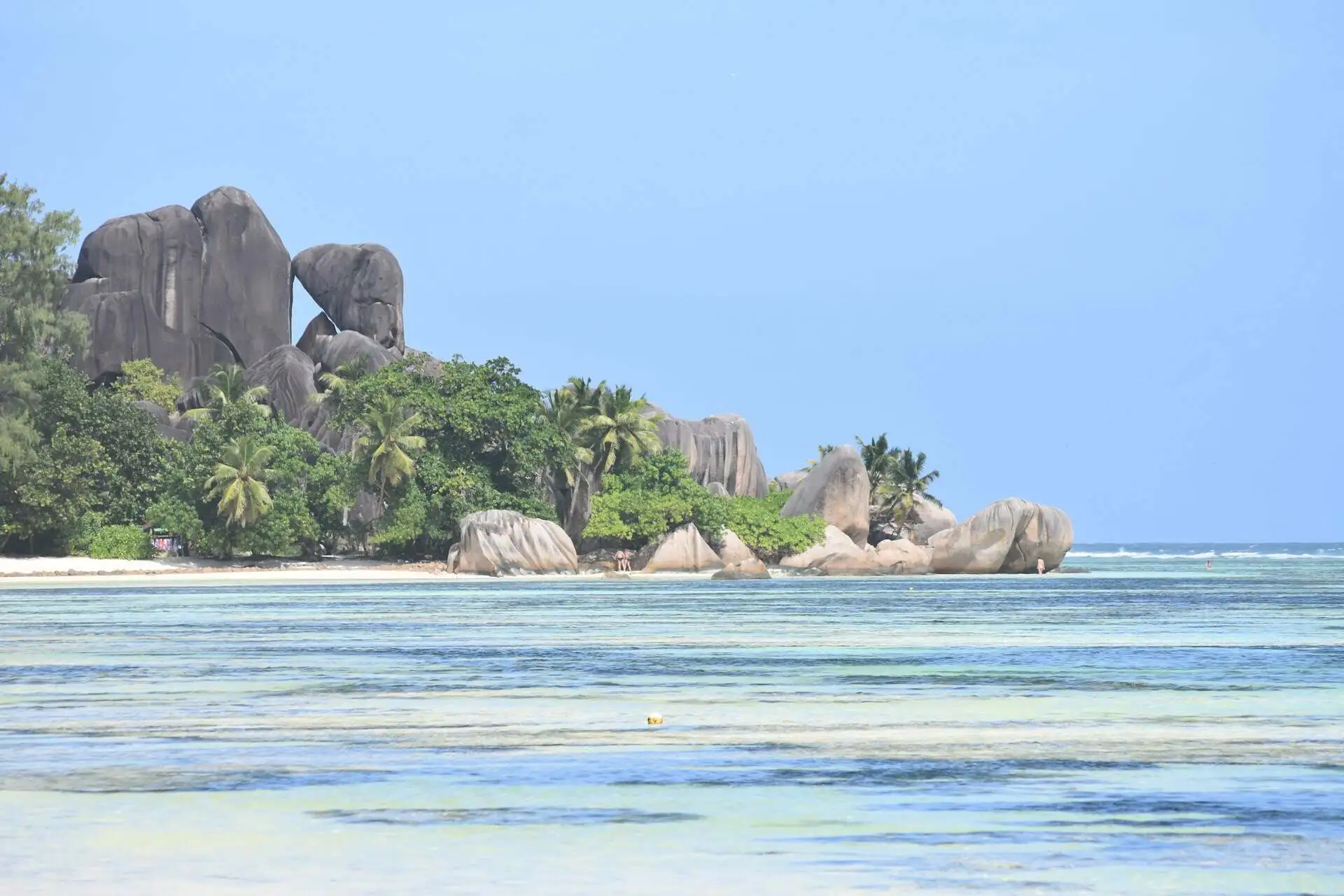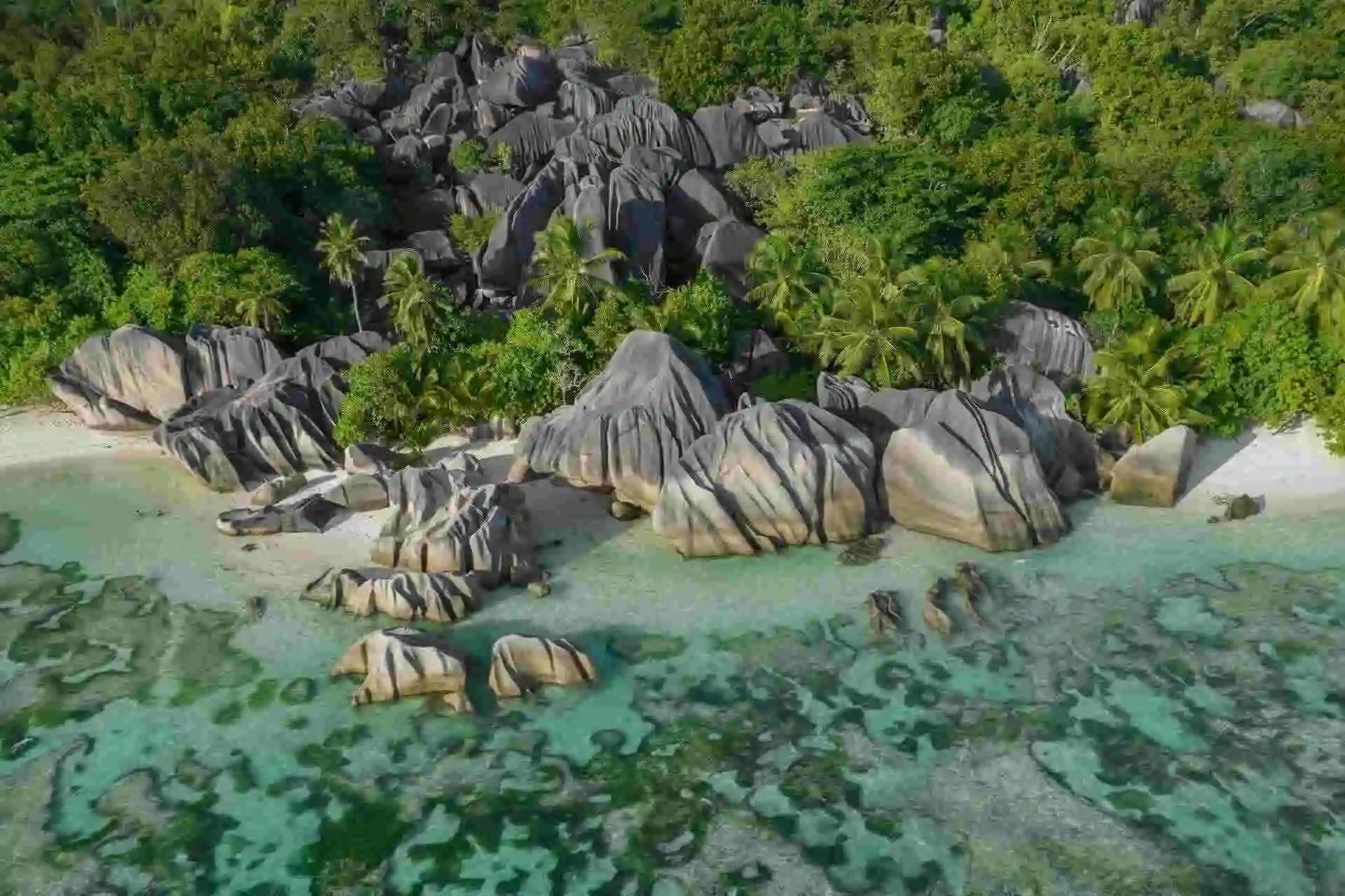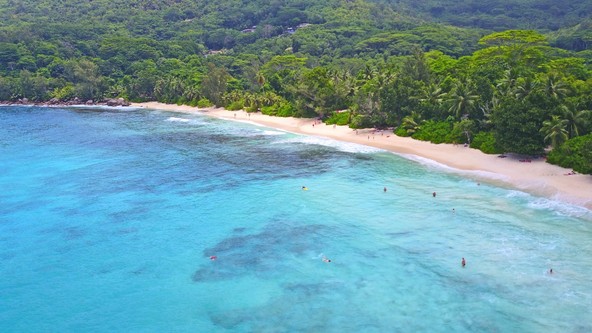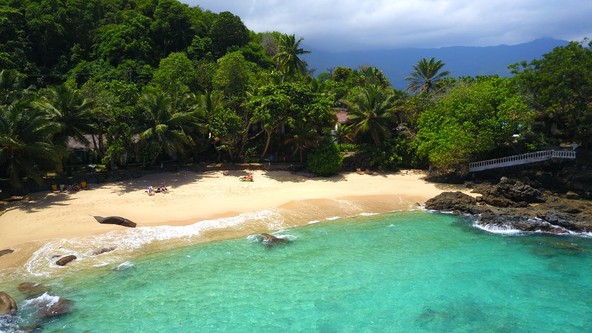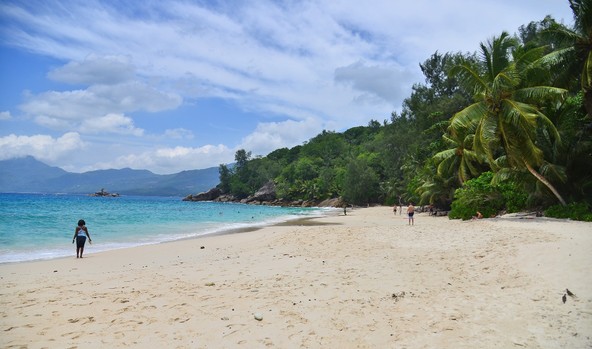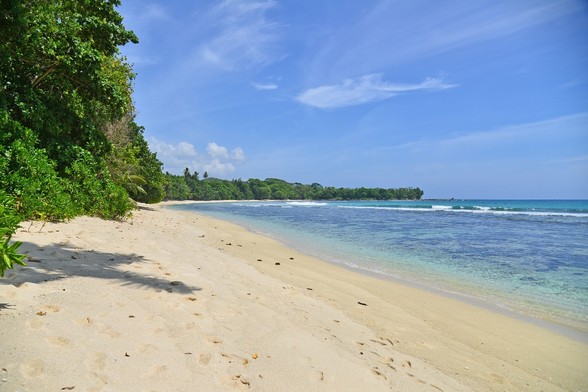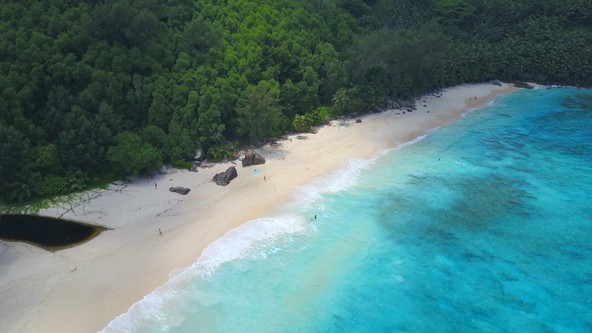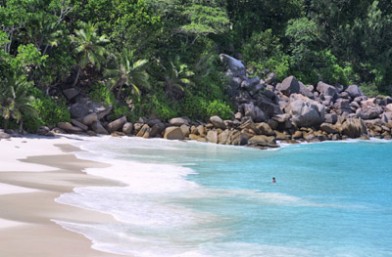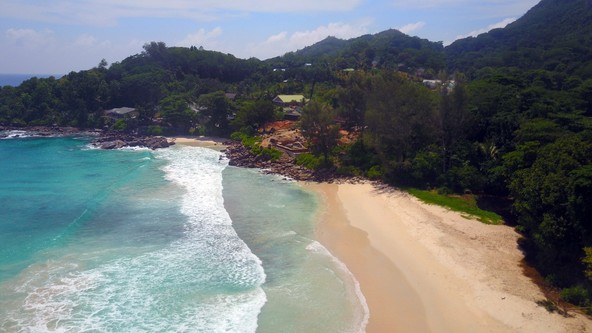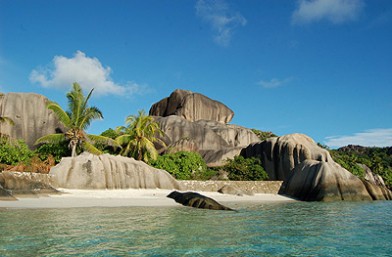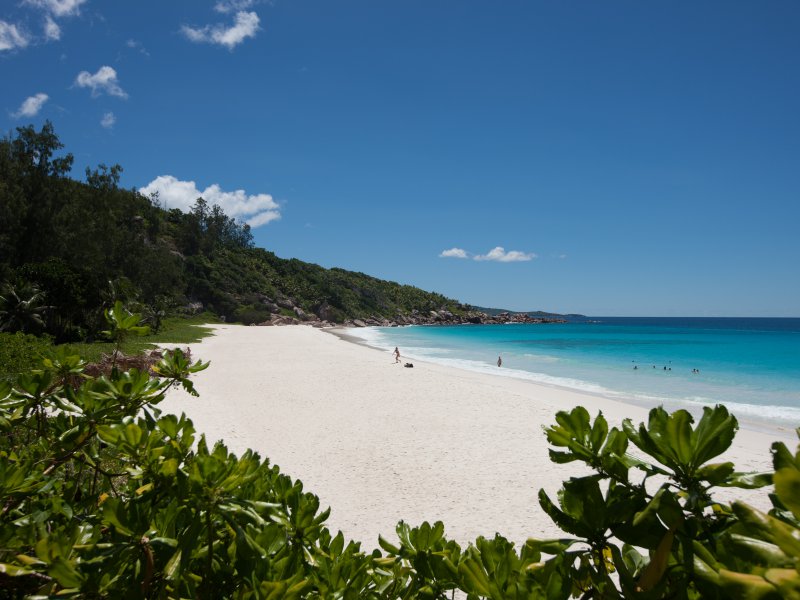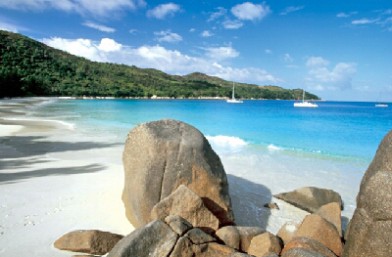A nation in the Indian Ocean that is scattered like gems on a turquoise canvas, Seychelles, has an archipelago consisting of 115 islands. Every island offers something different, from protected places where endangered species are kept to luxurious private retreats. Let’s get to know more about this tapestry of diversity that makes up this island paradise.
A Geological Tapestry: Granitic vs. Coralline
Two classes of the islands in Seychelles can be distinguished on the basis of their geological composition. The granitic islands are the oldest and most popular among these groups of islands. They were formed millions years ago due to erosion and wear out of ancient mountain ranges leaving behind dramatic granite formations, lush rainforests and striking coastlines like Mahé Island which is the largest in size, Praslin with its famous Vallée de Mai Nature Reserve and La Digue which has bicycle-friendly atmospheres.
Younger brothers to coralline islands are the coralline ones themselves. These coral atolls and sand cays lying low on ocean surface which have resulted from accumulation of coral reefs as well as skeletons left by marine organisms provide excellent environments for sun seekers besides catering for marine life lovers.
Aldabra Atoll, a UNESCO World Heritage Site is not only the world’s largest raised coral atoll but also a safe haven for giant Aldabra tortoise. Farquhar Atoll is one remote group of beautiful islands providing top notch fishing opportunities.
Islands for Conservation: Nature’s Sanctuaries
This global leader in conservation has set aside a significant portion of its land area that turns into national parks like Morne Seychellois National Park located in Mahé and Vallée de Mai Nature Reserve based in Praslin. Here untouched rainforests full of endemic floral and faunal remains as well as stunning landscapes are preserved.
Cousin Island is today an ecological reserve after being converted from being used as a private island. Aride Island Nature Reserve is a UNESCO World Heritage Site with the highest concentration of breeding seabirds in the Indian Ocean. These protected islands are critical for safeguarding unique ecosystems and also allow responsible tourism, enabling visitors to interact with nature’s marvels.
Private Havens: Luxurious Escapes
An elite group of Seychelles tourists can select from a number of exclusive private islands. North Island – an exquisite eco-retreat providing absolute privacy and barefoot luxury on pristine beaches. Once a pirate hideout, Silhouette Island now has an upscale resort within a national park.
Designed as an eco-conscious haven, Frégate offers its guests the rare chance to meet giant tortoises roaming freely along the beach. These sanctuaries satiate demand for memorable experiences among vacationers who value luxury accommodation amid intact natural landscapes.
Untouched Beauty: No Man’s Lands
Some of Seychelles Isles have remained unoccupied serving as wildlife sanctuaries. Desroches is a bird watcher paradise with multiple species and nesting sea turtles. Bird Island is so called because it is home to large numbers of nesting sooty shearwaters and terns. These uninhabited islands can be accessed through special permits for research or conservation purposes.
More than just pleasing holiday spots, Seychelles’ islands contain geological history woven together by diverse ecosystems and deep respect for nature. So get ready to sail away to this fragmented paradise.

